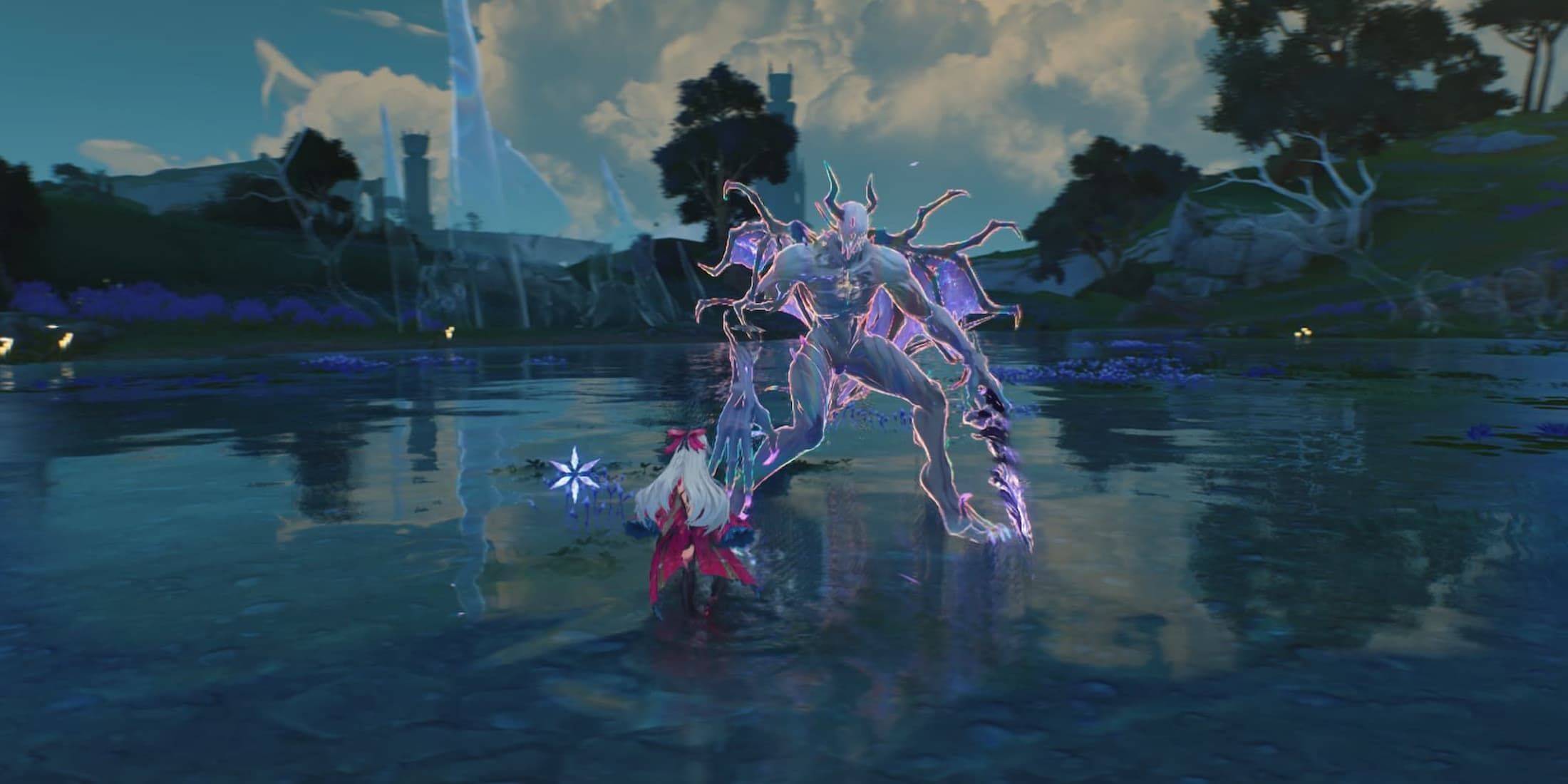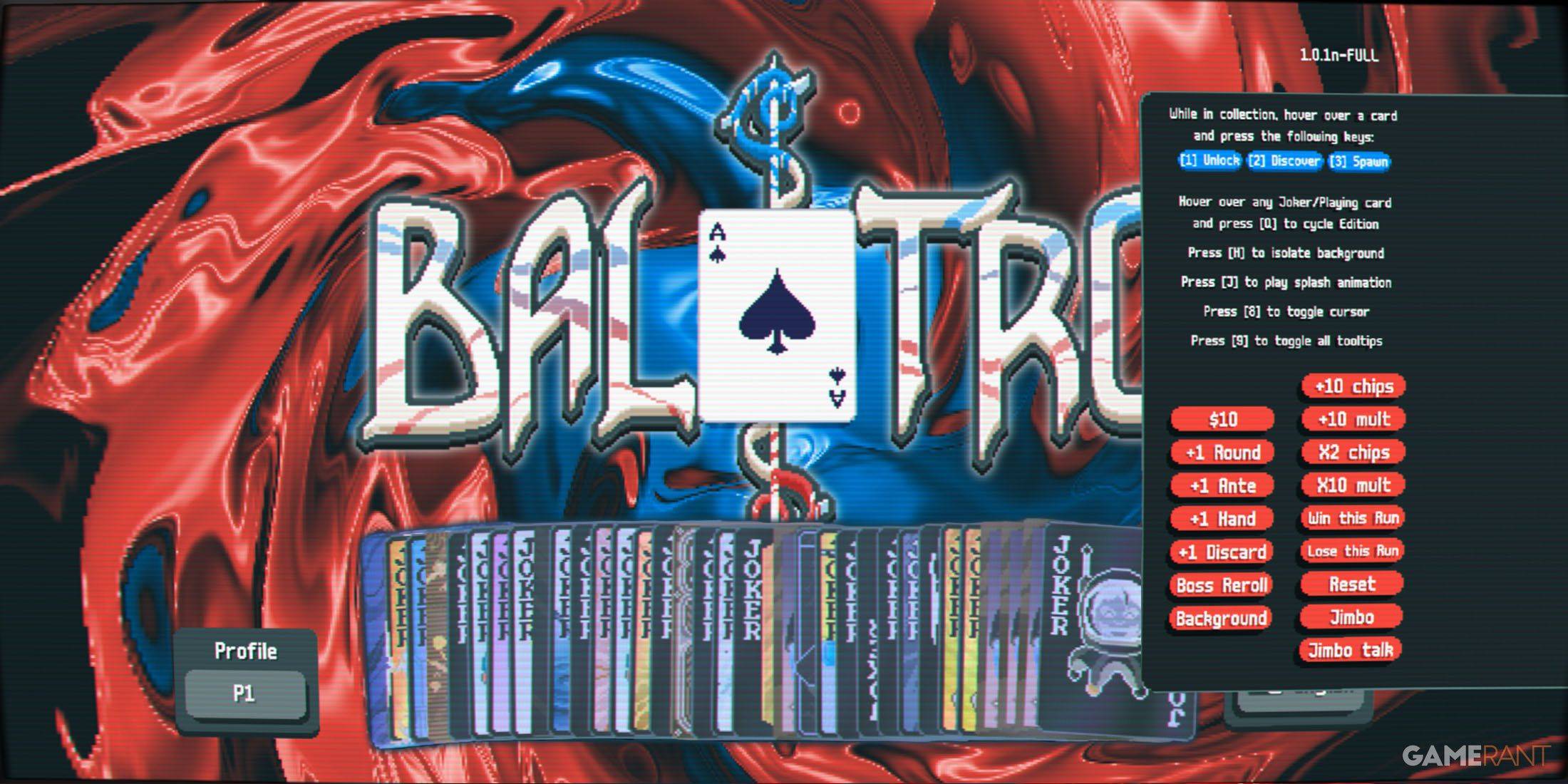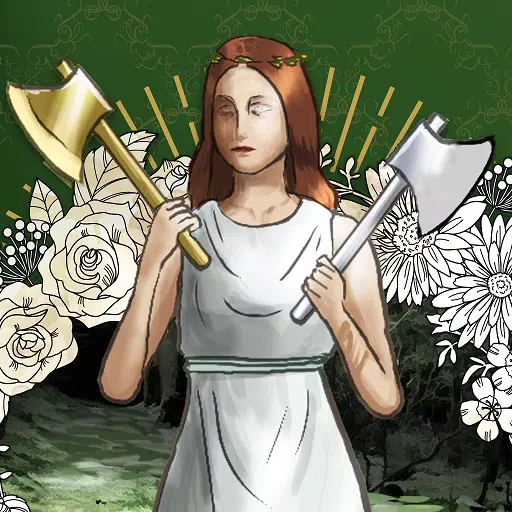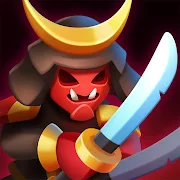Were the 1980s the Greatest Decade for Marvel?
The 1970s were a tumultuous time for Marvel Comics, marked by significant changes and the introduction of iconic storylines like "The Night Gwen Stacy Died" and Doctor Strange's encounter with God. However, it was the 1980s that truly elevated Marvel to new heights, with legendary creators delivering landmark runs on their flagship titles. Frank Miller's transformative work on Daredevil, John Byrne's innovative take on Fantastic Four, David Michelinie's compelling Iron Man stories, and the zenith of Chris Claremont's X-Men saga, alongside Roger Stern's Amazing Spider-Man and Walt Simonson's Thor, all contributed to what many consider Marvel's golden age. These creators and their works are pivotal in understanding why these characters have remained relevant and beloved to this day.
The 1980s stand out as a defining period in the history of the Marvel Universe, potentially marking the company's true golden era. In Part 7 of our series, we delve into the essential issues from this remarkable decade.
More Essential Marvel
- 1961-1963: The Birth of a Universe
- 1964-1965: The Sentinels Are Born and Cap Dethaws
- 1966-1969: How Galactus Changed Marvel Forever
- 1970-1973: The Night Gwen Stacy Died
- 1974-1976: The Punisher Begins His War on Crime
- 1977-1979: Star Wars Saves Marvel From Bankruptcy
- The Dark Phoenix Saga and Other All-Time X-Men Stories
Chris Claremont's legendary run on the X-Men began in 1975, but it was in the early 1980s that he penned some of the franchise's most enduring tales. The Dark Phoenix Saga, spanning X-Men #129-137, is arguably the most iconic X-Men story ever told. This epic narrative follows Jean Grey's transformation into the Dark Phoenix, a villainous alter-ego influenced by the cosmic Phoenix entity and the Hellfire Club. With John Byrne's stunning artwork and co-plotting, this saga introduced key characters like Kitty Pryde (Shadowcat), Emma Frost, and Dazzler. The emotional climax of Jean Grey's sacrifice remains one of the most poignant moments in X-Men lore, despite her eventual return. While adaptations in films like X-Men: The Last Stand and Dark Phoenix have been criticized, animated series such as X-Men: The Animated Series and Wolverine & the X-Men have done the story justice.
Following closely, the Days of Future Past storyline in X-Men #141-142 is another cornerstone of X-Men history. This two-issue arc, revolving around the Sentinels and time travel, features an adult Kitty Pryde attempting to avert an apocalyptic future triggered by the assassination of Senator Robert Kelly. This narrative has been revisited and adapted multiple times, including in the 2014 film X-Men: Days of Future Past and the animated series Wolverine & the X-Men.
X-Men #150 further enriches the franchise with a pivotal moment where Magneto, nearly causing Kitty Pryde's death, reveals his Holocaust survivor backstory. This revelation solidified his character development, paving the way for his more complex portrayal in future stories.
 X-Men #150
X-Men #150
The First Appearances of Rogue, She-Hulk, and the New Mutants
The 1980s also saw the introduction of several key female characters. Rogue, initially a villain in Avengers Annual #10, emerged as a member of Mystique's Brotherhood of Evil Mutants. Her first appearance involved absorbing the powers of Carol Danvers (Ms. Marvel), setting the stage for significant developments in both characters' arcs. This issue also touched on controversial events involving Carol and the Avengers, making it a critical, albeit challenging, moment in Marvel's history.
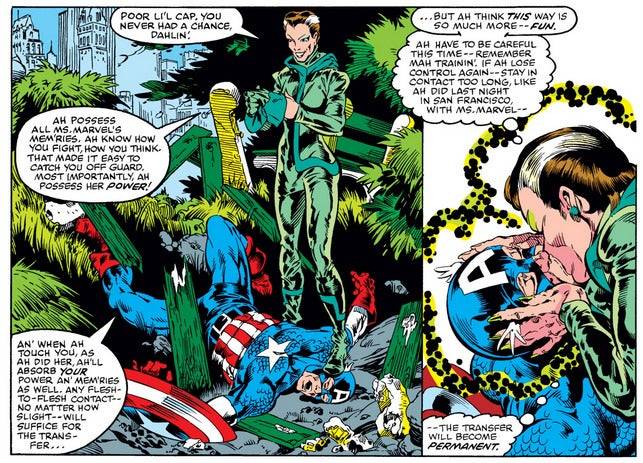 Rogue... as a bad guy in Avengers Annual #10.
Rogue... as a bad guy in Avengers Annual #10.
She-Hulk made her debut in Savage She-Hulk #1, co-created by Stan Lee as Bruce Banner's cousin, Jennifer Walters. After receiving a blood transfusion from Banner, she gained similar powers. While her initial series was not well-received, She-Hulk's character flourished with the Avengers and Fantastic Four. Tatiana Maslany later brought the character to life in the MCU series She-Hulk.
The New Mutants, Marvel's first X-Men spin-off, debuted in Marvel Graphic Novel #4 and later in their own series. This new team of teenage mutants, including Cannonball, Sunspot, Karma, Wolfsbane, and Dani Moonstar (Mirage), was later joined by Illyana Rasputina (Magik). Their stories significantly shaped the future of the X-Men universe and were adapted in the 2020 film The New Mutants.
Iconic Storylines for Daredevil, Iron Man, and Captain America
Daredevil #168 marked the beginning of Frank Miller's iconic run, introducing Elektra and redefining the character's mythology. Over the next two years, Miller crafted a gritty, noir-inspired saga that included encounters with Kingpin, Stick, the Punisher, and the tragic death of Elektra at the hands of Bullseye. This run, spanning issues #168-191, inspired subsequent adaptations like the 2003 film and the 2015 Netflix series, with the upcoming MCU series Daredevil: Born Again continuing this legacy.
Iron Man's Doomquest in Iron Man #149-150 saw Tony Stark facing Doctor Doom in a solo battle that transported them to the time of King Arthur. This confrontation established Doom as a formidable adversary in Iron Man's rogues gallery, despite his primary rivalry with Mr. Fantastic.
Captain America's darker storyline in Captain America #253-254 involved a confrontation with Baron Blood, a Nazi vampire from Cap's WWII days. This arc, crafted by Roger Stern and John Byrne, showcased exceptional storytelling and artwork, adding depth to Captain America's narrative.
Moon Knight Becomes a Hero and Marvel Helps Create the G.I. Joe Mythology
Moon Knight's transition from antagonist to hero was solidified in Moon Knight #1. Originally appearing in Werewolf by Night #32, the character, created by Doug Moench and Don Perlin, was fully realized in his solo series, which introduced his alter egos Steven Grant and Jake Lockley.
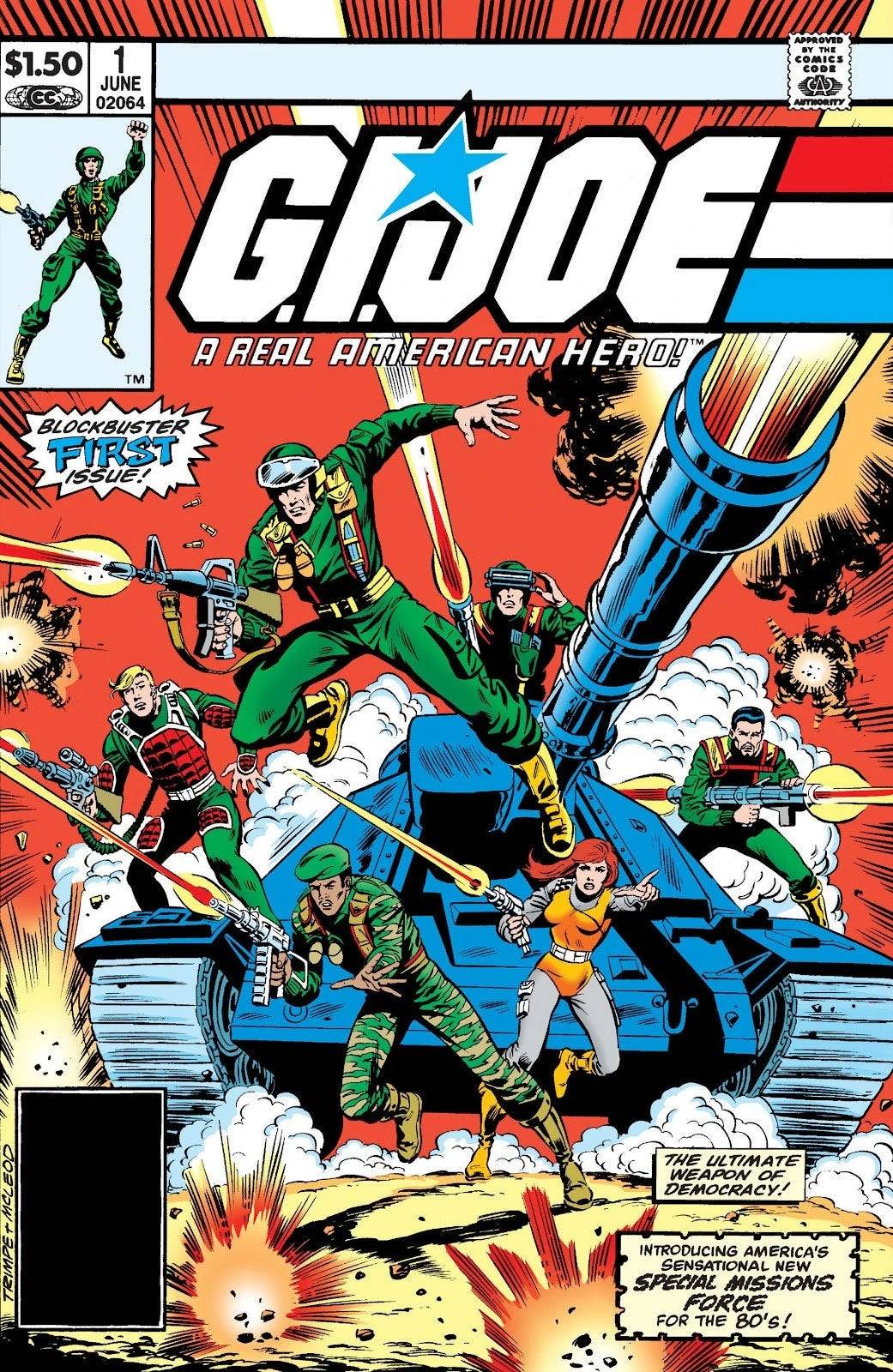 G.I. Joe #1
G.I. Joe #1
Although not owned by Marvel, G.I. Joe's mythology was significantly shaped by the company. Starting with G.I. Joe: A Real American Hero in 1982, Marvel's contributions, led by editor Archie Goodwin and writer Larry Hama, created iconic characters and compelling stories. Hama's work not only made G.I. Joe one of Marvel's most popular titles but also resonated strongly with female readers due to its equitable portrayal of female characters.
Latest Articles



![Taffy Tales [v1.07.3a]](https://imgs.anofc.com/uploads/32/1719554710667e529623764.jpg)









